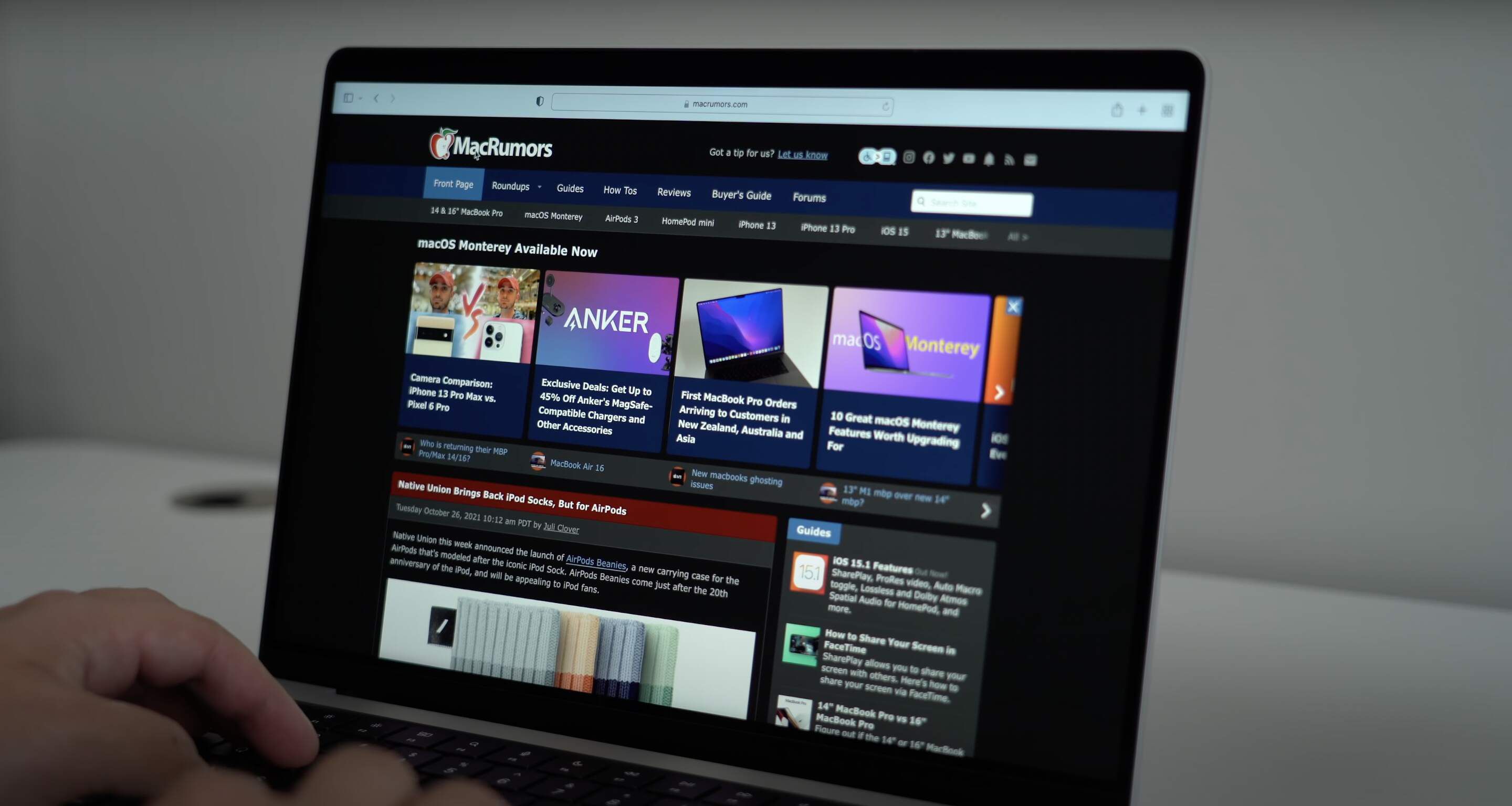New 16" no editing done and yes I know the text it out of focus.


 www.macrumors.com
www.macrumors.com
This article seems to suggest the MacBook Pro doesn't have this issue or it's better:
I had the same issue on my iPad Pro 13":

It's annoying. I've already changed my settings on ByWord, Reeder and other apps to not use "true black" which is the issue. Once I switch Reeder and ByWord to 'grey' theme, the blooming goes away.
My opinion is that MiniLED just isn't ready for primetime. This isn't an Apple issue. Every miniLED display out there has people complaining about blooming.


Reports Suggest Mini-LED 'Blooming' Effect on New MacBook Pro Displays Not an Issue
Reports suggest that despite the new 14-inch and 16-inch MacBook Pros sharing the same mini-LED display technology as the 12.9-inch iPad Pro, the new...
This article seems to suggest the MacBook Pro doesn't have this issue or it's better:
According to users' reports and reviews, that doesn't seem to be the case. Brian Tong noted in his review of the new M1 Max 16-inch MacBook Pro that while blooming is still present on the new displays, it's only visible with "deep black backgrounds, and bright white text or a white logo is contrasting it." Additionally, Tong stressed that the blooming effect is exaggerated when recorded with a camera and that it's much less obvious when viewed with the naked eye.
New owners of the 14-inch and 16-inch MacBook Pro are also sharing their thoughts on the MacRumors Forums. Compared to the 12.9-inch iPad Pro, the new MacBook Pro makes better use of mini-LED and dimming zones. As one forum user wrote:
Overall I think the IPP 12.9 display is awesome but the XDR on the mbp is even better because when I play HDR content only the window portion is super bright - on the iPad everything just looks bright. You're not going to get gimped here on the display of the new mbp. well maybe the ghosting issue is annoying for some overall it is a fantastic display.
Another user shares the same thoughts, saying that despite the small instances of blooming, the new MacBook Pro displays are "fantastic."
Comparing the 12.9" iPad Pro and the new 16" MacBook Pro, the MacBook Pro is a bit better. Much less blooming, and the colors pop a bit more. That being said they are both amazing screens. When I first used the iPad I was really impressed by the screen. When I first used the MacBook Pro I was completely blown away. As a test I played a 4K HDR demo and the peak brightness, colors, and the realism is one of the best I have seen on any screen (not counting extremely high end TVs).
I had the same issue on my iPad Pro 13":

It's annoying. I've already changed my settings on ByWord, Reeder and other apps to not use "true black" which is the issue. Once I switch Reeder and ByWord to 'grey' theme, the blooming goes away.
My opinion is that MiniLED just isn't ready for primetime. This isn't an Apple issue. Every miniLED display out there has people complaining about blooming.





